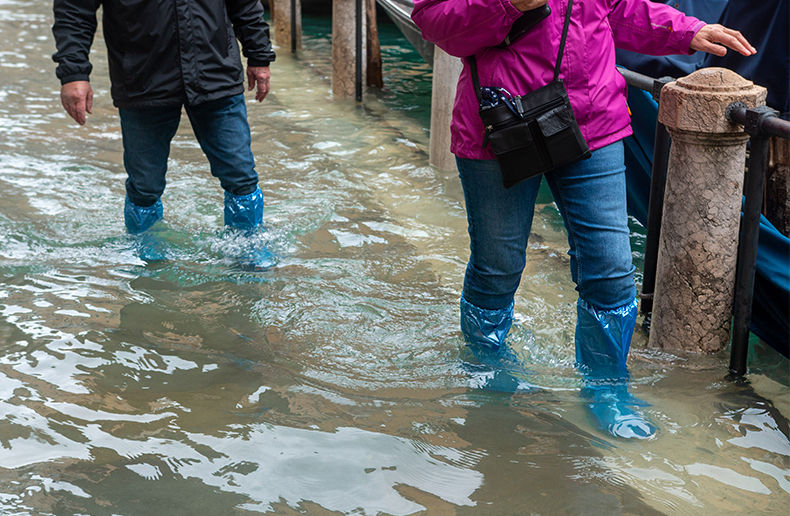The Swiss Re Institute estimates that four weather perils – floods, tropical cyclones, winter storms in Europe and severe thunderstorms cause estimated economic losses of USD $200-billion every year. To study this, the institute ranked 36 countries most at risk of experiencing higher property damage losses, due to climate change-fuelled weather hazards.
Canada ranks 19th overall in this assessment for all weather perils, comes in 30th place for flooding damage and fifth place for damages caused by severe convective storms. Economic losses from all weather perils in Canada are estimated to be 0.09 per cent of this country’s GDP.
Hazard intensification
The Philippines and the United States took the top spots in the ranking of countries by losses. The four weather perils are credited with costing the U.S. economy almost 0.4 per cent of its GDP. The Philippines loses the most, however, by a wide margin, losing three per cent of the country’s GDP every year, while the country, at the same time, is most exposed to hazard intensification in the future.
The institute’s report, Changing climates: the heat is (still) on, goes on to analyze where hazards are likely to intensify and overlays it with estimated economic losses. “This provides a view of the possible direct economic implications if weather-related natural catastrophes intensify due to climate change,” they write. “Ultimately, losses as a share of GDP of each country will depend on future adaptation, loss reduction and prevention.”
Adaptation is imperative
They add that adaptation is imperative. The report also examines the broader economic costs of inaction and suggests private capital as a financing solution. “Climate change mitigation requires significant financial resources,” the report states. “The private sector is by necessity a key part of the solution and has capacity to be so.”




